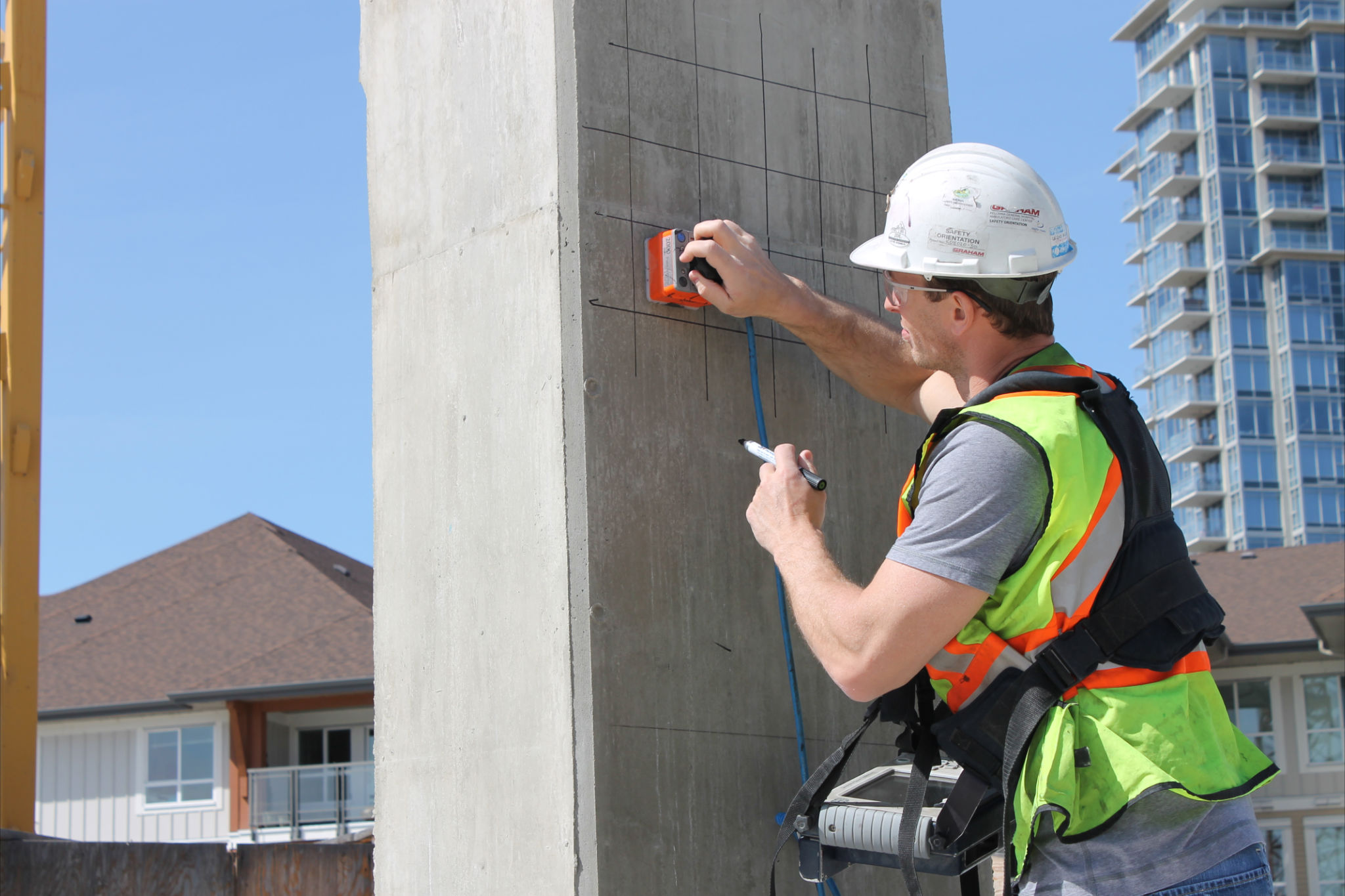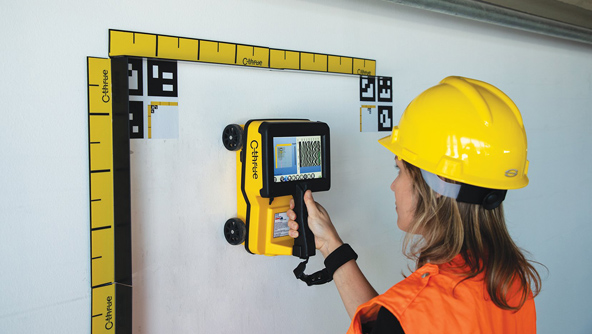Boost Construction Security with Specialist Concrete Scanning
Wiki Article
Introduce the Transformative Power of Concrete Scanning in Making The Most Of Performance and Security
Concrete scanning has actually arised as a critical tool in the building market, using exceptional benefits in improving job efficiency and making sure security criteria. The transformative power of concrete scanning exists in its ability to provide real-time data and comprehensive insights, reinventing just how projects are planned and implemented.Importance of Concrete Scanning
Ensuring the architectural honesty and safety of construction projects starts with the critical step of performing thorough concrete scanning. Concrete scanning is a non-destructive technique made use of to spot and map subsurface aspects within concrete frameworks.Additionally, concrete scanning helps in enhancing project timelines and budget plan by staying clear of unanticipated prices and hold-ups that may arise due to unpredicted blockages within the concrete. Ultimately, spending in complete concrete scanning is a proactive strategy that enhances both efficiency and safety and security in building jobs.
How Concrete Scanning Works
Concrete scanning runs as a critical tool in construction projects by using advanced modern technologies to discover and map subsurface elements without causing structural damage. Ground Permeating Radar (GPR) and Electromagnetic Induction (EMI) are two main approaches utilized in concrete scanning.During the scanning process, the information accumulated is examined in real-time, permitting prompt recognition of prospective risks or barriers underneath the surface area. This information aids in decision-making, ensuring that building and construction activities continue securely and efficiently. In addition, 3D imaging software program can be used to develop topographic maps of the subsurface components, even more improving project planning and implementation. By using these sophisticated innovations, concrete scanning considerably reduces the risk of costly problems and injuries on building websites.
Benefits of Concrete Scanning
One of the main advantages of concrete scanning is the capacity to spot and locate ingrained objects such as rebar, post-tension cables, and channels properly. Concrete scanning aids in planning and developing more successfully, as it gives exact details concerning the place and depth of structural parts.
Instance Researches: Concrete Scanning Success

In one more case, a construction business made use of 3D concrete scanning to examine the problem of maturing concrete structures in a historic building. The detailed scans supplied useful insights right into the extent of deterioration and helped focus on upkeep efforts properly. By proactively dealing with locations of issue determined with scanning, the company had the ability to extend the life expectancy of the structure and guarantee occupant security.
These study underscore the transformative power of concrete scanning in enhancing effectiveness, accuracy, and safety in construction tasks.
Implementing Concrete Scanning in Projects
Implementing sophisticated scanning modern technologies during building jobs has actually become increasingly essential for enhancing accuracy and safety. By integrating concrete scanning right into find out here now task preparation and execution, construction groups can identify potential hazards, such as rebar or post-tension cable televisions, concealed within concrete structures. This positive technique lessens the danger of crashes, hold-ups, and expensive rework, eventually causing a lot more effective job timelines and spending plans.To apply concrete scanning successfully, job basics managers must work together very closely with skilled scanning professionals to establish the most ideal scanning techniques for the certain project needs. Engaging scanning professionals from the onset of a project enables the group to develop extensive scanning plans that address crucial locations of worry and make certain complete data collection.
In addition, integrating concrete scanning right into regular job workflows can streamline decision-making procedures, as real-time scan information supplies immediate understandings into the condition of concrete structures - Concrete Scanning. This data-driven strategy promotes informed analytical and enables teams to make changes immediately, promoting a society of efficiency and safety throughout the task lifecycle

Final Thought
Finally, concrete scanning plays a vital duty in improving effectiveness and safety in construction tasks. By making use of sophisticated modern technology to map and discover out underlying frameworks within concrete, this process aids to stop pricey mistakes, guarantee structural honesty, and reduce dangers on website. With the ability to discover covert components and give exact information, concrete scanning proves to be an important device for optimizing job results and taking full advantage of overall success.Concrete scanning is a non-destructive method made use of to discover and map subsurface elements within concrete structures. Additionally, useful link concrete scanning helps in maximizing job timelines and spending plan by preventing unforeseen prices and hold-ups that may arise due to unanticipated blockages within the concrete. One remarkable instance study involves a massive improvement project where concrete scanning played an essential role in ensuring task success.In one more situation, a building business made use of 3D concrete scanning to evaluate the problem of aging concrete frameworks in a historical structure. By integrating concrete scanning right into task preparation and implementation, construction teams can identify possible threats, such as rebar or post-tension wires, concealed within concrete structures.
Report this wiki page